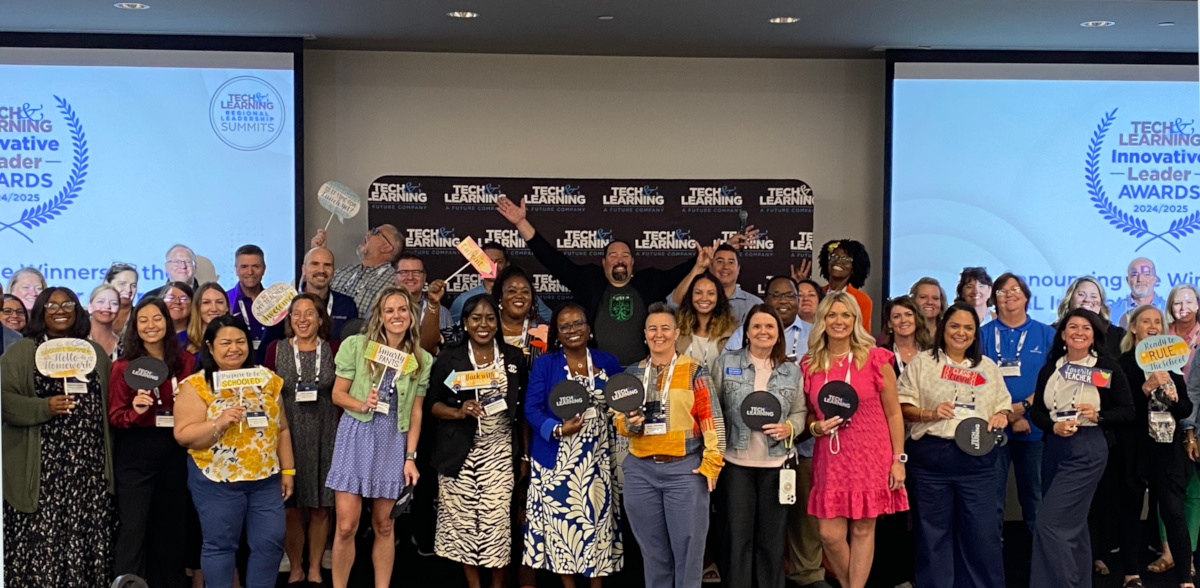Compare Institutional MLearning to Your School’s Mlearning
Many institutions use QR codes. At the Cornell Plantations at Cornell University (Ithaca, NY), they have put QR codes next to many wild flowers. When a person uses his/her smartphone to scan the wild flower QR code, the person hears a poem that mentions that wild flower. Even though the person is outside in the “wild” area, he/she can appreciate both the flower and the poetry. At the Etioje Museum in Indianapolis, they have a guitar exhibit; many of the musicians pictures or actual guitars have a poster with a picture, words and a number next to them. The person borrows a smartphone from the museum and clicks on a specific number to watch a video about a musician or hear a specific guitar being played.
Some things that happen during this institutional mlearning:
- At both places, the visitor becomes involved in his/her personal mlearning.
- Each person decides what he/she wants to learn within the specific category. At the Plantations, the visitor selects which flowers he/she will scan. The person may skip the QR code for any given flower.
- The visitor can listen/ watch any video as much as he/she wants. A person may only view a few seconds of the video or the person may re-watch the video many times.
- Each person selects the order of his/her mlearning; at the guitar exhibit, a person may focus on the musicians in a specific time order or a person can randomly sample any musician.
- Each person does his/her own comparisons/contrasts with previous musicians or guitars; when couples or group of people travel together through the exhibit, they often share their comparisons/contrasts.
- Each new learning object broadens the learning or provides more in-depth details. For example, the guitar exhibit covers many different types of guitar music while it also explains in-depth the development of the electric guitar.
- A visitor experiences variety and diversity such as the many different flowers at the Plantation Wildlife area while, at the same time, he/she encounters a wholistic view of the category of wild flowers.
- Each place has a visual, print words and spoken words/videos so the visitor employs different modalities of learning.
- Each person learns at his/ her own pace. A person may linger over a certain flower while his/ her partner goes ahead.
- Each person learns, not with a frown on his/her face, but with a smile.
How does this mlearning compare to mlearning in your school?
cross-posted at http://eduwithtechn.wordpress.com
Harry Grover Tuttle teaches English and Spanish college courses at Onondaga Community College and blogs at Education with Technology. He is also the author of several books on formative assessment and the new ebook 90 Mobile Learning Modern Language Activities.
Tools and ideas to transform education. Sign up below.
